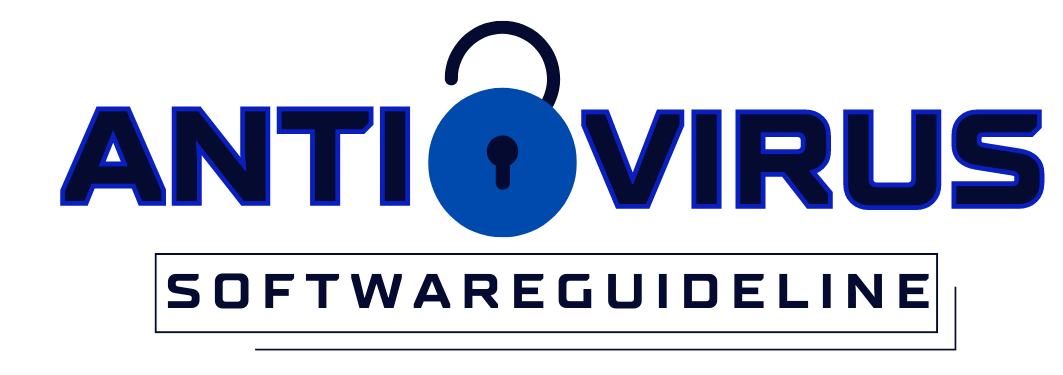
When it comes to distributed ledger technologies, most people are familiar with blockchain, but few have heard of hashgraph. Many consider hashgraph to be the next big thing, as it seeks to overcome the limitations of blockchain technology.
While both hashgraph and blockchain operate on the same fundamental principles of a distributed ledger, they utilize different algorithms to achieve consensus. Blockchain relies on proof of work or proof of stake where participants compete to add new blocks to the chain, while hashgraph uses a unique algorithm known as gossip about gossip to achieve consensus in a more efficient and secure manner.
Another significant difference between hashgraph and blockchain is the level of decentralization. Hashgraph operates on a more centralized structure, where a handful of nodes can control the network. In contrast, blockchain is highly decentralized, making it more robust and secure against attacks. Nonetheless, hashgraph offers several advantages in terms of scalability, security, and speed over blockchain, making it an appealing alternative that holds great potential for the future.
Hashgraph vs Blockchain: Understanding the Basics
As an expert in the field, I am often asked about the differences between hashgraph and blockchain. While both use Distributed Ledger Technology (DLT) and have similarities in some aspects, they differ in numerous ways.
Consensus Algorithm
Blockchain relies on Proof of Work (PoW), Proof of Stake (PoS), or a combination of both. PoW requires solving complex math problems to validate transactions, while PoS uses a system that randomly selects validators, based on the amount of stake they have in the network.
On the other hand, hashgraph uses a consensus algorithm called “Gossip about Gossip.” This algorithm uses Virtual Voting to determine the order of transactions in the network.
Speed and Efficiency
Blockchain networks have a limited number of transactions per second (TPS). Bitcoin, for instance, can only handle 7 TPS, while Ethereum can handle 15-45 TPS. This limited capacity results in congestion and increased transaction fees.
Hashgraph, on the other hand, can process thousands of transactions concurrently, theoretically achieving hundreds of thousands of TPS.
Security
Blockchain uses cryptographic hashing to secure transactions and prevent double-spending. The network achieves consensus through the validation of transactions by nodes in the network.
Hashgraph, on the other hand, achieves consensus through Virtual Voting, which is an added layer of security that prevents malicious attacks, such as Distributed Denial-of-Service (DDoS) and Sybil attacks.

Conclusion
In summary, while blockchain and hashgraph have similarities, the differences in their consensus algorithms, speed and efficiency, and security capabilities set them apart. Ultimately, which is better for a particular use case depends on the specific requirements of that use case.
Overall, the choice between hashgraph vs blockchain will depend on factors such as security, scalability, speed, and cost, among others. Before choosing a DLT, it is essential to understand the technology behind each and to evaluate how well it meets your requirements.
Consensus Mechanism: Hashgraph and Blockchain Compared
Hashgraph and blockchain are both distributed ledger technologies, but they differ in their consensus mechanism. While blockchain uses a Proof of Work (PoW) or Proof of Stake (PoS) algorithm to validate transactions, hashgraph uses a directed acyclic graph (DAG) algorithm.
Some key differences between hashgraph and blockchain in terms of their consensus mechanism are:
Efficiency: Hashgraph can process thousands of transactions per second while blockchain’s throughput is limited. This is because hashgraph doesn’t require miners to solve complex mathematical problems to validate transactions, resulting in lower energy consumption and faster transaction finalization.
Security: Hashgraph claims to offer greater security than blockchain due to its use of a more sophisticated consensus mechanism. The DAG algorithm used by hashgraph ensures that transactions are validated by multiple parties before being added to the ledger, making it resilient to attacks.
Decentralization: Both hashgraph and blockchain are decentralized technologies, but their approach to achieving distributed consensus differs. Hashgraph achieves consensus by allowing nodes to gossip with each other and share information about transactions, while blockchain relies on a network of miners to validate transactions.
Fairness: Hashgraph claims to be more fair than blockchain as it doesn’t prioritize miners who have more computational power or stake in the network. In hashgraph, nodes are chosen to validate transactions based on their previous performance, ensuring that all nodes have an equal opportunity to participate in consensus.
It’s important to note that both hashgraph and blockchain have their own strengths and weaknesses, and their use cases may differ. For example, hashgraph’s high throughput makes it well-suited for applications that require high-speed transactions, such as online gaming and stock trading. In contrast, blockchain’s security and decentralization make it attractive for applications that require a high degree of transparency and immutability, such as supply chain management and voting systems.
In the next section of this article, we will discuss more about the use cases and applications of hashgraph and blockchain.

Scalability: The Key Difference Between Hashgraph and Blockchain
One of the major differences between hashgraph and blockchain technology is scalability. While blockchain has proven to be highly secure and robust, it has struggled with scalability, i.e., handling large numbers of transactions efficiently.
In contrast, hashgraph has been designed to be highly scalable, meeting the demands of modern business applications.
Here’s how scalability works in hashgraph versus blockchain:
Hashgraph Scalability
Hashgraph uses a novel consensus mechanism, called gossip about gossip, that allows for high throughput and low-latency transactions. Essentially, transactions are first sent to random nodes in the network, which then gossip about the transaction to their neighbors. This gossiping process repeats until all the nodes in the network have received the transaction. Then, the consensus algorithm determines the order in which the transaction occurred, ensuring that all nodes agree on the same state of the ledger.
The gossip about gossip consensus mechanism is highly efficient and can handle thousands of transactions per second, while still maintaining network security and transaction finality.
Blockchain Scalability
Blockchain, on the other hand, is inherently less scalable due to its consensus mechanism. In a blockchain, transactions are grouped into blocks, which are then verified by a select group of nodes in the network (called miners or validators). These nodes must solve a complex cryptographic puzzle (proof-of-work or proof-of-stake) to add the block to the chain.
This consensus mechanism creates a bottleneck in transaction processing, leading to longer confirmation times, higher transaction fees, and reduced overall network throughput.
hashgraph vs blockchain
Hashgraph’s gossip about gossip consensus mechanism is significantly more efficient than blockchain’s consensus mechanisms. For example, the Bitcoin blockchain can only handle around 7 transactions per second, while the hashgraph consensus algorithm can process thousands of transactions per second.
In practical terms, this difference means that hashgraph is better suited for high-volume applications like supply chain management or payment processing, while blockchain may still find uses in low-volume, high-security applications like digital asset ownership transfer.
Overall, scalability is a key feature that sets hashgraph apart from blockchain. Hashgraph’s highly efficient consensus mechanism allows it to handle thousands of transactions per second, making it a promising technology for the future of distributed applications.
After comparing hashgraph and blockchain technologies, it’s time to summarize their similarities and differences. While both technologies are based on distributed ledgers, there are substantial differences between them. In this section, we will answer the question of which one is best for you.
Before choosing between hashgraph and blockchain, you should consider the following factors.

Speed and Scalability
When it comes to speed and scalability, hashgraph outperforms blockchain in every aspect. Hashgraph is capable of processing thousands of transactions per second, whereas blockchain is stuck at 10-15 transactions per second. Moreover, hashgraph allows for asynchronous processing, meaning that transactions don’t have to wait for each other, improving efficiency.
Consensus Mechanism
Hashgraph uses a consensus mechanism called “gossip about gossip” that can reach consensus in less than a second. This consensus algorithm is much faster and more efficient than blockchain’s Proof-of-Work and Proof-of-Stake algorithms.
Security
Both hashgraph and blockchain use cryptography to secure their systems. However, hashgraph’s consensus algorithm provides greater certainty about the order and authenticity of transactions. In contrast, blockchain can suffer from a variety of attacks, including 51% attacks, forks, and double-spending attacks.
Decentralization
When it comes to decentralization, blockchain is the clear winner. Blockchain is widely distributed, with nodes operating independently around the world. On the other hand, hashgraph is a patented technology owned by Swirlds that does not yet have as many nodes as blockchain.
Conclusion: Which One is Best for You?
The answer to this question depends on your specific needs. If speed and efficiency are your top priority, hashgraph might be the better choice. On the other hand, if you value decentralization and security, blockchain is still the industry standard.
Overall, hashgraph offers a promising alternative to traditional blockchain-based systems. It’s faster, more secure, and more efficient. However, it’s important to remember that adoption is still in its early stages and it remains to be seen whether hashgraph can live up to its potential.


























